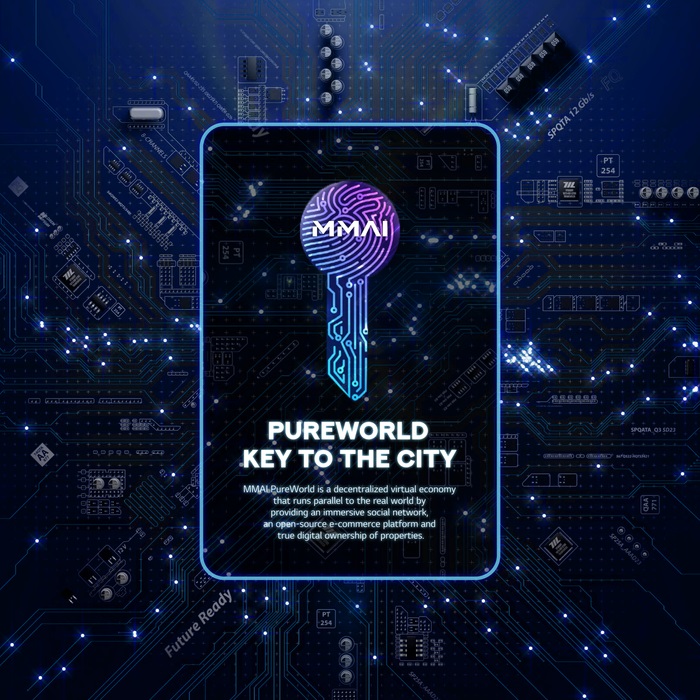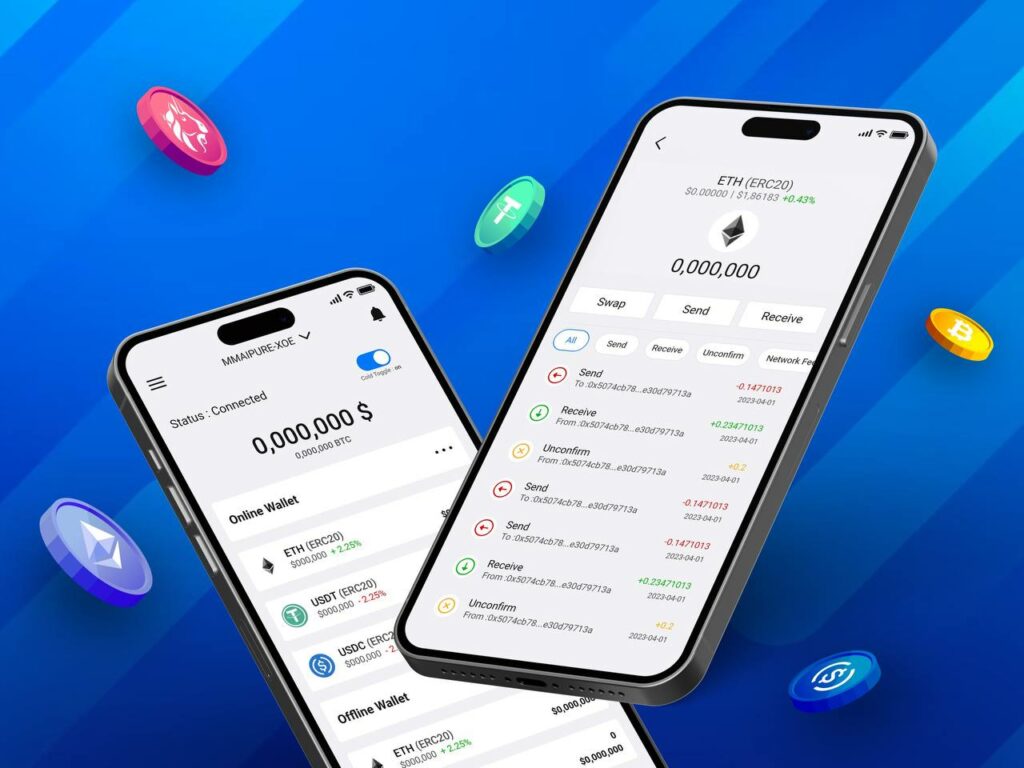Recently, MMAI (MMAI Pure) announced that it had signed a $2 million contract to speed up the completion of its PureChain blockchain. PureChain is set to be a SAM (Smart Auto Mining) blockchain that will utilize a proof of authority consensus mechanism.
In this update, we will explore three different types of consensus mechanisms used in blockchain networks, along with their pros and cons. We will also take a closer look at why MMAI has chosen to use the Proof of Authority (PoA) consensus mechanism for its PureChain blockchain.
Table of Contents
Types of Consensus Mechanisms
There are several types of consensus mechanisms used in blockchain networks, each with its strengths and weaknesses. The three most common consensus mechanisms are:
- Proof of Work (PoW): In a PoW system, miners compete to solve complex mathematical puzzles to validate transactions and add new blocks to the blockchain. This process requires significant computational power and energy consumption.
- Proof of Stake (PoS): In a PoS system, validators are selected based on the amount of cryptocurrency they hold, rather than computational power. Validators are incentivized to act in the best interest of the network, as they risk losing their staked tokens if they act maliciously.
- Proof of Authority (PoA): In a PoA system, validators are pre-approved and identified by a central authority, such as a consortium of trusted organizations or a group of reputable individuals. Validators take turns adding blocks to the blockchain, and their identities are publicly visible.
Pros and Cons of Consensus Mechanisms
There are several types of consensus mechanisms used in blockchain networks, each with its strengths and weaknesses. Comparing the three most common consensus mechanisms – Proof of Authority, Proof of Work, and Proof of Stake – can help you choose the best mechanism for future blockchain network development.
Here are some quick pros and cons of each consensus mechanism to understand their differences:
Proof of Work (PoW):
Pros:
- High security and immutability
- Consistent rate of block creation
Cons:
- High energy consumption and environmental impact
- Potentially centralized due to competition between miners
Proof of Stake (PoS):
Pros:
- Energy-efficient
- Potential for decentralization
Cons:
- Potential for wealth centralization
- Uncertainty about long-term viability
Proof of Authority (PoA):
Pros:
- Fast and efficient
- Resistance to 51% attacks
- Low energy consumption
Cons:
- Less decentralized than other mechanisms
- Validators may be vulnerable to physical attacks or coercion
Why MMAI Chose Proof of Authority for PureChain
MMAI has chosen to use the PoA consensus mechanism for its PureChain blockchain. PoA was selected because it offers fast and efficient transaction processing, resistance to 51% attacks, and low energy consumption.
Furthermore, PoA’s reliance on a central authority for validator selection was not a significant concern for MMAI, as the network’s validators will be pre-approved and identified by a consortium of trusted organizations. This approach reduces the risk of centralization while maintaining high levels of security and efficiency.
Conclusion
Blockchain networks require consensus mechanisms to ensure that all participants agree on a single version of the truth. PoW, PoS, and PoA are three common consensus mechanisms, each with its strengths and weaknesses.
MMAI has chosen to use the PoA consensus mechanism for its PureChain blockchain, due to its fast and efficient transaction processing, resistance to 51% attacks, and low energy consumption. By carefully considering the strengths and weaknesses of different consensus mechanisms, blockchain networks can choose the most efficient mechanism for their needs, helping to ensure the security, scalability, and success of their network.
Disclaimer
The information presented in this article is for educational and informational purposes only. The article does not constitute financial or investment advice, and readers should always conduct their research and consult with a qualified financial advisor before making any investment decisions. The accuracy, completeness, timeliness, and reliability of the information provided in this article are not guaranteed, and no warranty or representation is made regarding the content or suitability of the information for any particular purpose. The author and publisher of this article shall not be liable for any damages or losses arising from the use or reliance on the information provided herein.









